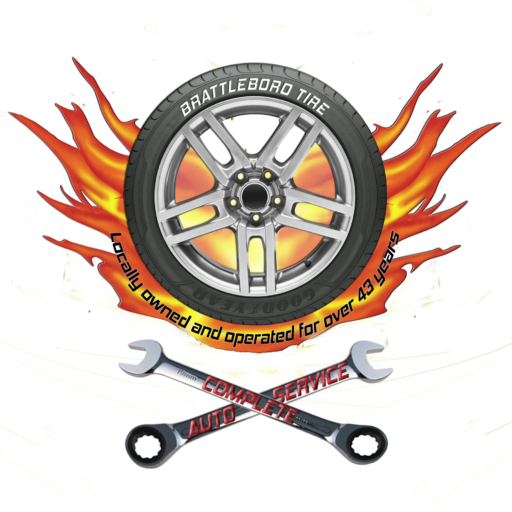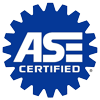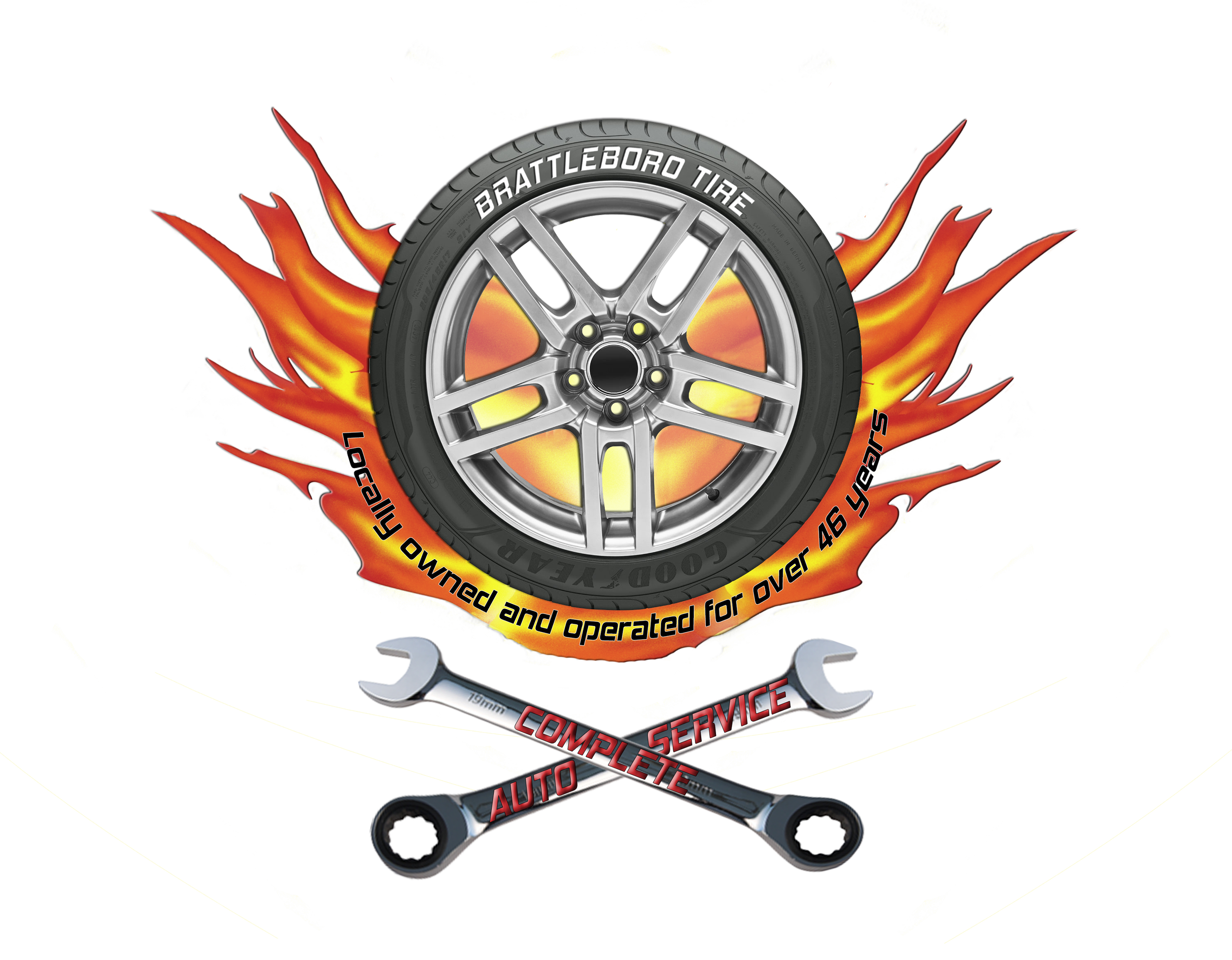Engine Diagnostics
Vehicles with “driveability” problems require the performance of diagnostic procedures to determine the cause. Components are tested, their condition recorded and compared to the manufacturer’s specs.
Belts & Hoses
- Visual inspection
- Checked for glazing, cracking, peeling and softening
- Checked for proper tensioning
- Checked for proper alignment of drive pulleys
- Condition of each belt is recorded
Alternator output (current) and voltage are tested.
STARTING SYSTEM
- Visual inspection
- Starter cable connections
- Starter mounting bolts and brackets
Starter Electrical “Draw” Test measures the amount of electrical energy required
to turn the engine over during cranking.
CV Joint/Boots (Constant Velocity Joint/Boots)
A CV Joint is a flexible coupling that allows for changes in the angle between rotating shafts without affecting the rate of rotation of the drive wheels; the CV Boot protects the CV Joint from dirt and water.
The inspection includes a visual inspection of the CV boots for tears, splits or leakage of lubricant. The vehicle is test-driven to listen for noises while accelerating and turning. Includes a visual inspection of U-Joints for loss of lubricant and inspected for excessive movement due to worn components.
Heating and Air Conditioning
The following components are inspected. Their condition is recorded and compared to the manufacturer’s specs. Recommendations are made per the Motorist Assurance Program Uniform Inspection Guidelines:
Visual Inspection:
- Interior controls and blower
- Radiator coolant level, hoses, pressure cap and thermostat
- The A/C compressor belt for condition and tension
- Leaks and other damage
- Component condition, leaks and damage
Heating and Air Conditioning Tests:
- Pressure test engine cooling system
- A/C system pressures are measured and compared to the manufacturer’s specifications
- A/C system is leak tested
- Both the heater and the A/C are performance tested by checking the outlet air temperature at the discharge vents
Air Conditioning
The following components are inspected:
- Performance test system
- Leak test all connections
- Check drive belts and hoses
- Check heating and cooling systems
Transmission Service
Replace fluid, pan gasket and filter on vehicles so equipped. Most cars and light trucks. Additional costs for special gaskets and filters if needed. Limited warranty for 12 months/12,000 miles, whichever comes first.
Batteries
- Visual inspection
- Battery cable connections
- Battery hold-down hardware
- Battery case condition
- Electrolyte level (where applicable)
- Battery load test
Electrical System
The following components are inspected:
Charging System
- Visual inspection
- Alternator drive belt
- Alternator mounting brackets
- Electrical connections
- Charging system test
Suspension System
- Tie rod ends (inner and outer)
- Idler arm
- Pitman arm
- Rack and pinion unit
- Rack and pinion bellows boots
Exhaust System
The exhaust system is a complex automotive assembly, which has a series of functions to perform, including carrying engine exhaust gasses safely to the rear of the vehicle, reducing the engine sound level, maintaining engine performance and reducing harmful emissions through the use of a catalytic converter. Follow maintenance recommendations of your vehicle manufacturer carefully.
Shocks & Struts
Shocks and struts are safety components that maintain vertical loads placed upon the tires. They control spring and suspension movement to keep tires in contact with the road. Shocks and struts do wear out and should be checked every 12,000 miles just to be safe. Worn shocks and struts affect vehicle safety.



